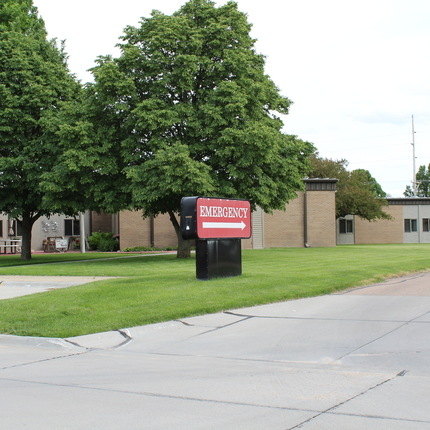By Johnathan Hladik, former policy director
At the Center for Rural Affairs, we often talk about the financial consequences of Medicaid expansion from the perspective of the greater community. We focus on savings to hospitals, businesses, and state and local budgets. But how does it affect the bank account of those paying the bills?
Board member Carol Schooley wanted to make sure she understood this side of the equation before showing her support for a bill to expand Medicaid in Nebraska. She asked us to break down the numbers and show our work. The results are below.
At one end of the spectrum, individuals below 100% of the federal poverty level (FPL) currently qualify for Medicaid. At the other end, individuals above 138% of the FPL generate enough household income to qualify for some level of premium tax credit to help pay for health insurance. Premium tax credits are available to any household up to 400% of FPL.
Tax credits can be significant. For a 40 year old nonsmoking Nebraskan making $30,000 per year, the tax credit is worth $107 per month in 2016. This is equivalent to $1,284 over the course of a year. Instead of spending $3,756 for health insurance premiums, this person would pay only $2,472. This reduces premiums by 34%.
In 2015, the federal poverty level for a single individual was set at $11,770. An income of $16,243 is equivalent to 138% of the FPL. In Nebraska, just under 80,000 people make between 100 and 138% of the FPL.
In reality many of the 80,000 have families and live in households of varying sizes. But for ease of calculation, let’s assume they all live in single-person households. This means that 80,000 Nebraskans make between $11,770 and $16,243 each year.
Now let’s look at the cost of health insurance. Expected changes to health insurance premiums are included below. Let’s use # 12 - a 30 year old single female in Hastings – as an example.
In 2016 she can expect to pay between $307 and $370 per month for health insurance. This is equivalent to $3,684 and $4,440 per year. Let’s assume she chooses the cheaper option.
If she is in the gap – making between $11,770 and $16,243 each year – $3,684 is between 23% and 31% of her entire income for the year. To afford health insurance, she would have to use at least 23% of her annual income just to cover premiums.
Qualifying for a tax credit would bring this total down. Using the 34% number established above, a tax credit would reduce her bill by $1,252, to $2,432. This would be between 21% and 15% of her income. However, this tax credit is not available to her unless she raises her income above 138% of FPL. She would do this by taking a second job and working in excess of 40 hours per week.
Under LB 1032, Nebraska's Transitional Health Insurance Program under consideration in the Legislature, health insurance would be available to individuals for 2% of their annual household income. Instead of paying $2,432 for health insurance, a 30 year old single female in Hastings would pay between $235 and $324. She would also be responsible for certain co-pays, and would have the option to participate in job and skills training to become qualified for higher paying, in-demand jobs.
Though the math can be hard to follow, the conclusion is obvious: Medicaid expansion is the right choice for working families in Nebraska.





